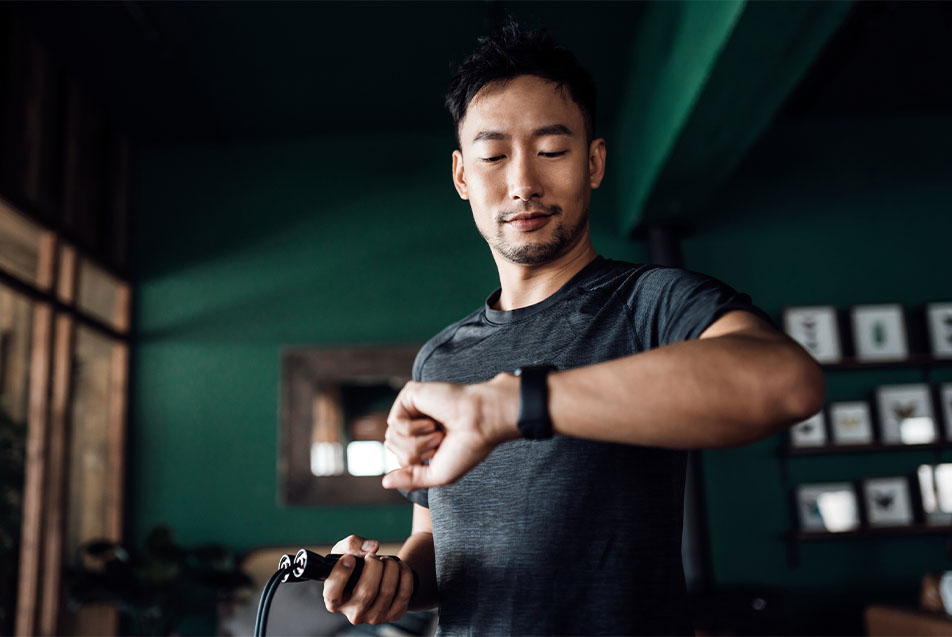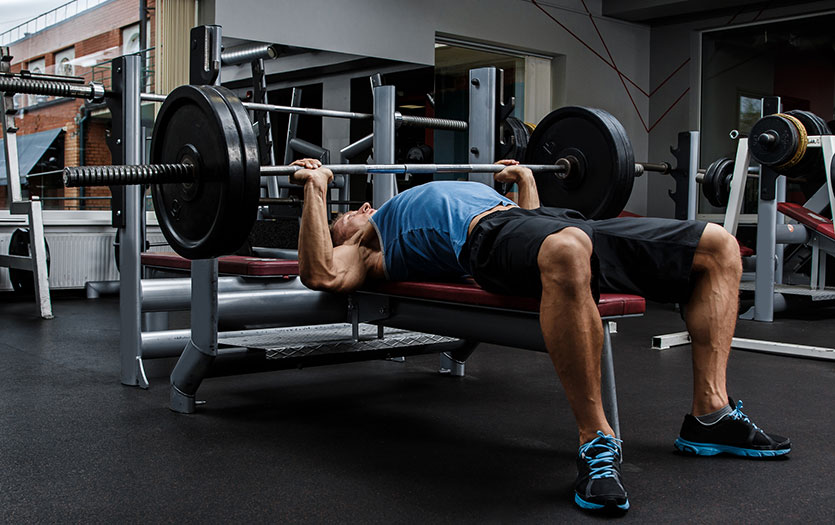
This post was written by Tiffany Patterson, performance specialist, Parkview Sports Medicine.
Technology can be one of the best tools in the arsenal of self-improvement and well-being. Heart rate monitors are a great example of how we can utilize wearable tech gadgets to improve or maintain our training, providing biofeedback and insights for our body’s response to activity. If you’re considering purchasing a heart rate monitor, here’s what you need to know.
How they work
Heart rate monitors have electrodes that go against the skin and pick up electrical signals from the heartbeat. This information is sent into the transmitter that records and analyzes the heart rate.
How you should use it
You can use heart rate monitors to determine the intensity of your workouts. The Centers for Disease Control and Prevention (CDC) recommends adults get at least 150 minutes of moderate intensity cardiovascular exercise or 75 minutes of vigorous cardiovascular exercise per week.
Moderate intensity exercise would be 50-70% of your maximum heart rate and vigorous intensity exercise would be 70-85% of your maximum heart rate. Maximum heart rate is configured by subtracting your age from 220. For example, if you were 40 years old then your maximum heart rate would be 180 bpm. A heart rate monitor can be very beneficial in helping determine your intensity level quickly.
Why you should use one
In the past, without heart rate monitors to indicate whether you were performing vigorous activity or moderate activity, you would have to stop and take your own heart rate. Heart rate monitors make the process simple and more accurate. As a bonus, users get all of the tracking data for their workouts as well. Wearables are becoming more advanced, with metrics such as heart rate variability, which is the time between the beats of your heart. This type of biofeedback can be helpful in gauging your fitness level and overall health.
The benefits of wearing a heart rate monitor outweigh not using one, especially if you are getting in the recommended amount or more of cardiovascular activity. Some of these benefits include:
- increased motivation from tracking
- safe exercise
- an enhanced fitness level
- constant feedback
Which one should I buy?
Heart rate monitors are available in wrist, chest or arm straps. The most common brands are:
- Fitbit®
- Polar®
- Garmin®
- Whoop®
- Apple Watch
- Wahoo Fitness®
- Suunto®
I recommend doing your research to find the best brand and model for your lifestyle and needs. There is plenty of information and reviews online to help you arrive at a thoughtful decision.
If it will help motivate you, look for a brand that offers the ability to track and connect with friends. You can do a step or activity challenge to motivate each other and hold each other accountable.
There’s something for every activity level and goal when it comes to heart rate monitors. Use technology to reach your goals and stay on track!



